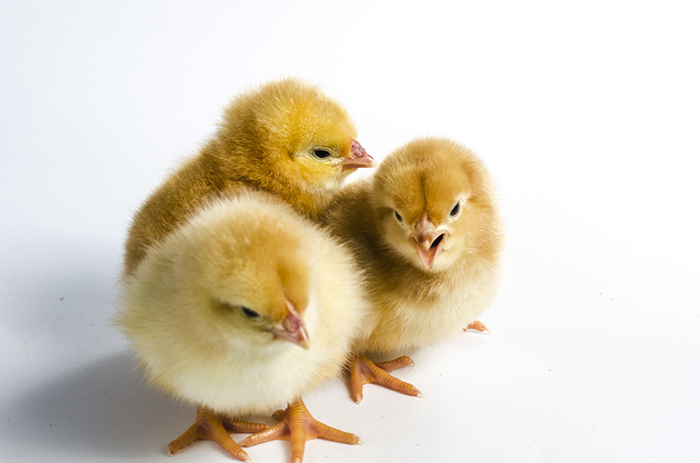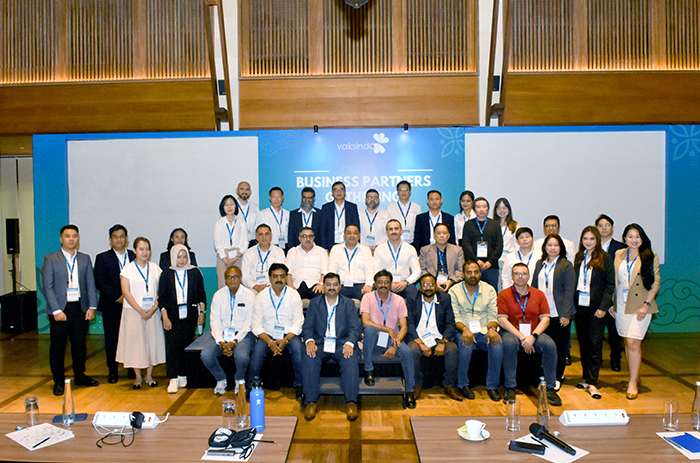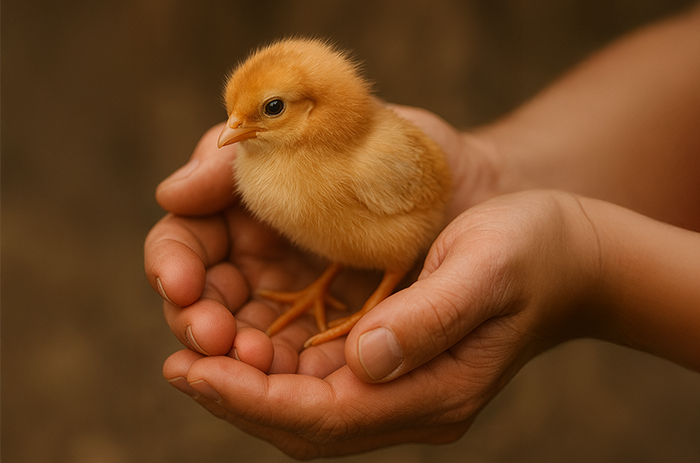

Vaccination Program for Poultry Breeder
Background
There are three pillars that need to be considered in poultry farms to reach good performance and avoid any diseases from entering and spreading in poultry flock, and the pillars consist of good management practices (GMP), vaccination programs and biosecurity, GMP related to any farm management such as daily feed and water consumption, decline number of water and feed consumption associated with many diseases such as viral or bacterial infections, daily mortality is an additional factor for diagnoses or optimizing overall flock health as well. A vaccination program is normally applied based on diseases historical at the current flock, besides of vaccination program, vaccine strain itself plays an important role in disease protection and increases specific resistance. Last is biosecurity to minimize or delay field exposure.
Vaccination Program
Focus on the vaccination program, in breeder, need to prepare it following field challenge compared to vaccine availability, there are some conditions to get optimum protection from the vaccine, 1st is vaccine should be an autogenous strain which is similar to the field challenge and 2nd is high in antigen content, vaccination didn’t replace any management or biosecurity failure. There are two types of vaccines, live and killed, in combination both vaccines provide a good immune response. The breeder vaccination program is purposed in parent antibody and progeny maternal derived antibody (MDA) to protect birds since day 1.
Table 1. Example of Vaccination Program for Poultry Breeder

Benefits of the Vaccination Program
If we look above, at the laying period applied killed vaccine only which consists of killed single or multiple strains combined with aluminum hydroxide or oil emulsion adjuvant, this adjuvant stimulates antibody immune response persistent, majority killed vaccine administer by injection either intramuscular or subcutaneous, different with live vaccine, consist of attenuated (substantially modified) infectious antigens of the disease. This vaccine promotes innate immunity, followed by adaptive immunity. We need to be careful once administering the live vaccine during the laying period, many people on farm do not recognize between management or disease signs, and the live vaccine applied will impact directly on farm performance such as late of onset or drop in egg production.
Vaksindo as a company, provide an autogenous killed and live vaccine following field and customer requirement such as Vaksimune® AI Multi is a combination of two updated H5N1 and H9N2 autogenous strain, with high mass content and homologous to field challenges. Vaksimune® ND L Multi IB Plus is a combination of updated ND G-VIIh & i autogenous field strain combined with IB M41 and QX and many other autogenous killed and live vaccines.
Conclusion
Two types of live and killed vaccines are required in poultry farms to protect from diseases, Live vaccines promote innate immunity, followed by adaptive immunity, while it develop humoral immunity. Live vaccine usage during the laying period needs more consideration in particular multi-age farms, live vaccines cause virus shedding and affect the flock's performance, for that reason killed vaccines need to be given to avoid the negative effects from live vaccine itself. Killed vaccines provide better immunity and are not limited to the laying period, but also can be administered from day one.
By drh. Almabi Ganadamar
Hatchery Vaccine Specialist AH
You may also like

Innovation in the Poultry Industry: Trends in Reco...
The poultry industry continues to innovate to prov...

Vaksindo Indonesia Business Partners Gathering 202...
From July 16–19, 2025, Vaksindo Indonesia-Internat...

Optimal Poultry Performance from the Start: Proven...
In the modern poultry industry, production success...

Various Methods of Hatchery Vaccination: Mechanism...
Hatchery vaccination is the practice of administer...

Understanding Hatchery Vaccination: An Effective S...
In modern poultry production, efficiency and effec...

Maternal Antibody Formation System in Day-Old Chic...
Maternal antibodies represent a form of passive im...